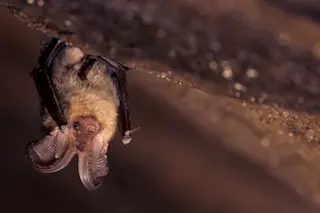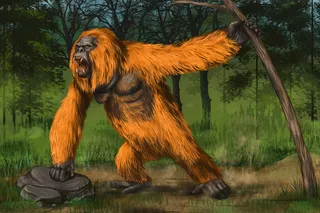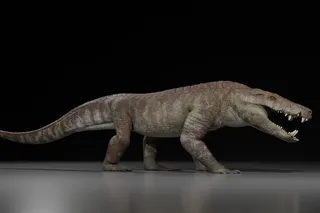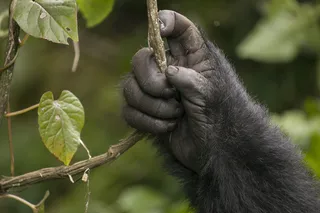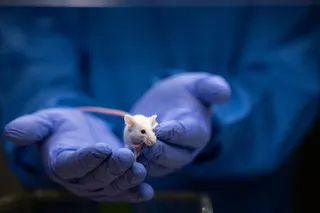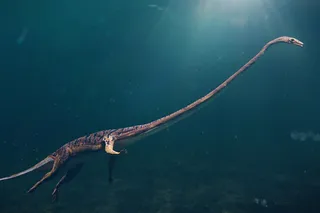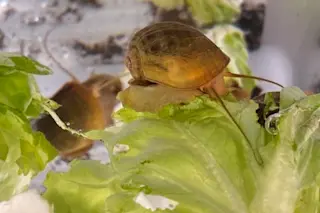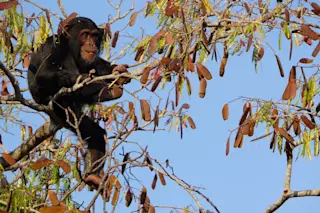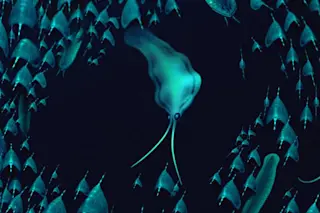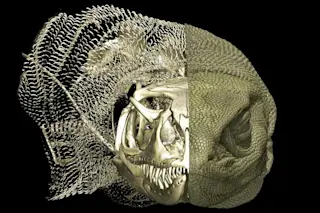It would probably earn you a few nasty looks if you sent an uncovered sneeze or cough toward a fellow commuter, potentially passing on a cold or the common flu. Within certain animal populations, however, researchers hope that species get nice and cozy in order to pass on specific viruses. These aren’t just any viruses, though: They’re engineered to act as pathogen-fighting vaccines that can jump between individual animals. In the future, they could prove helpful in fending off human pandemics by extinguishing viruses in the wild — before they can reach us.
Currently designed strictly for animal populations, these vaccines are meant to spread in their natural environments without the need to directly apply them one-by-one. This could prevent certain pathogens from spilling over into humans — as is the case with potentially lethal viruses like rabies, coronaviruses and Ebola. While the Ebola epidemic received considerable coverage, it isn’t ...


